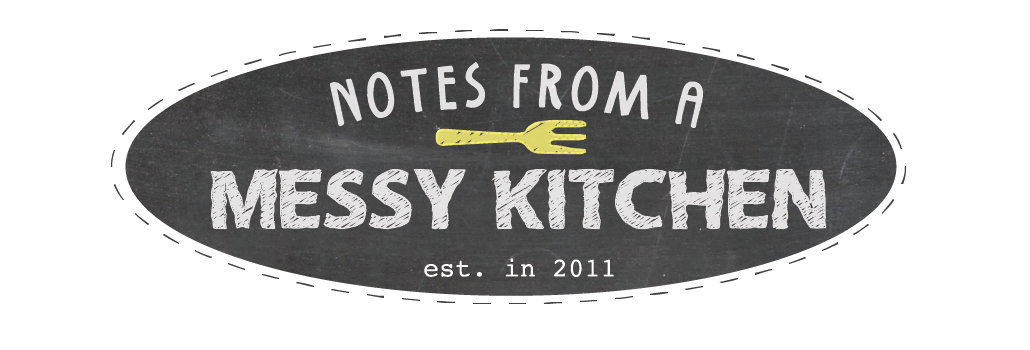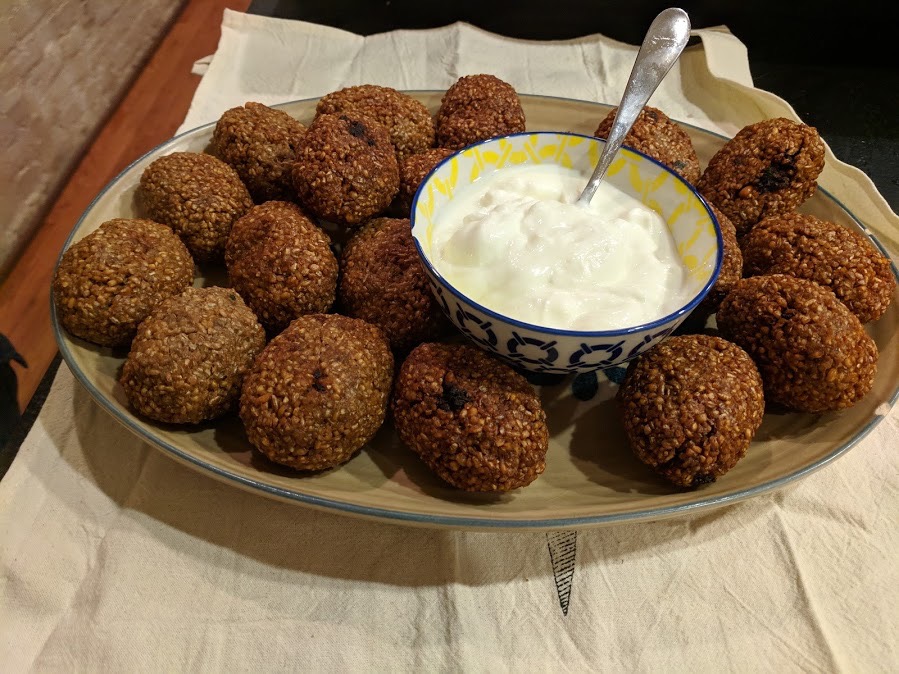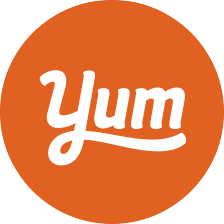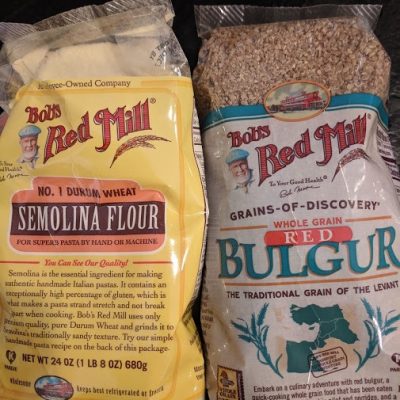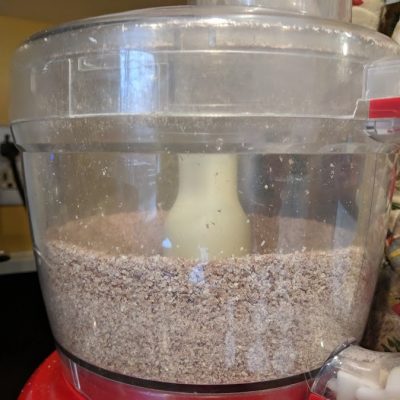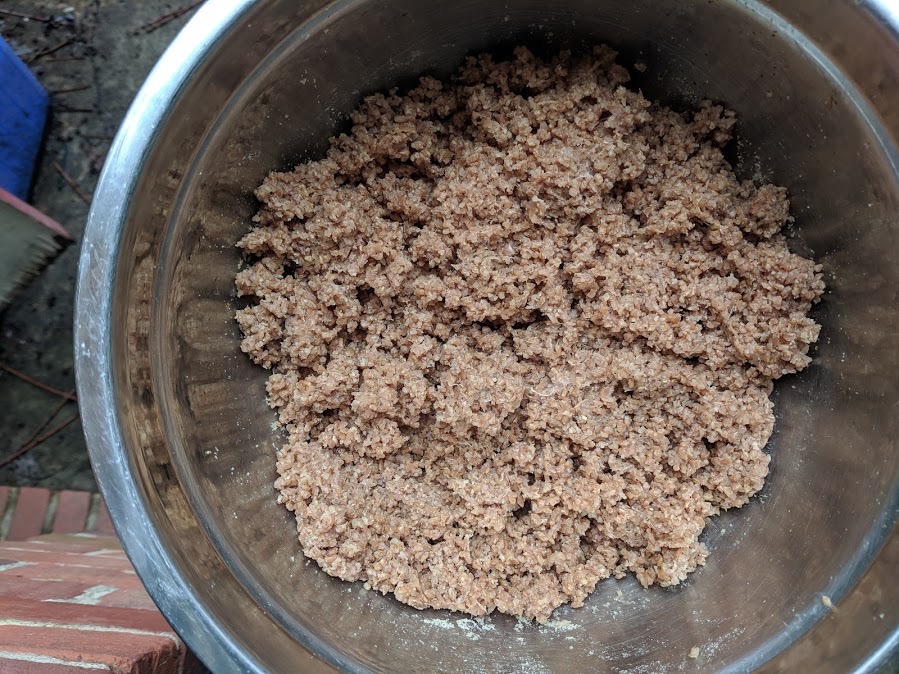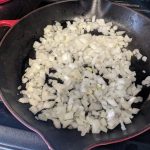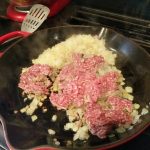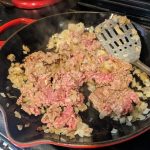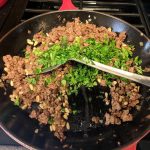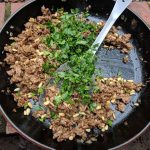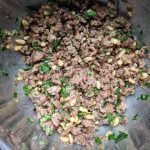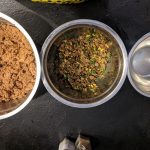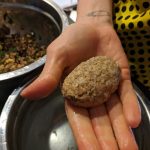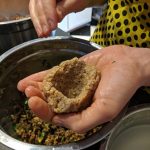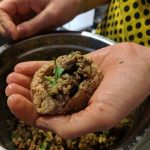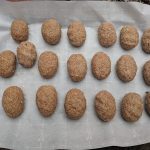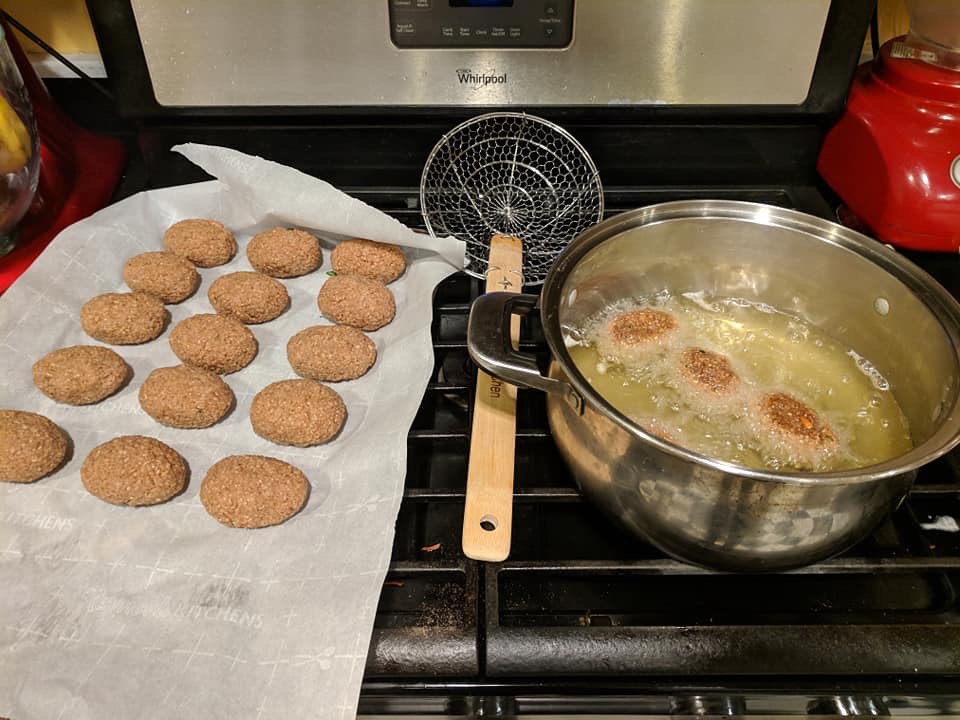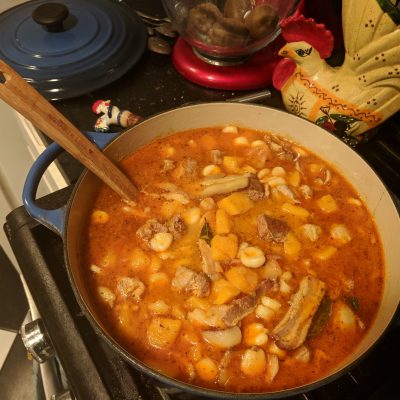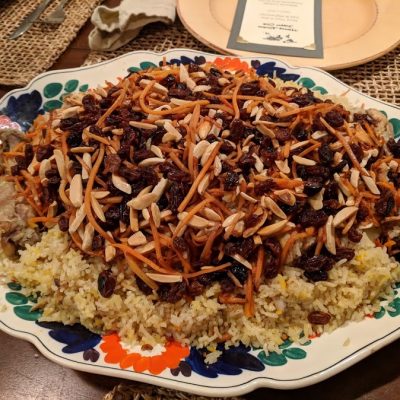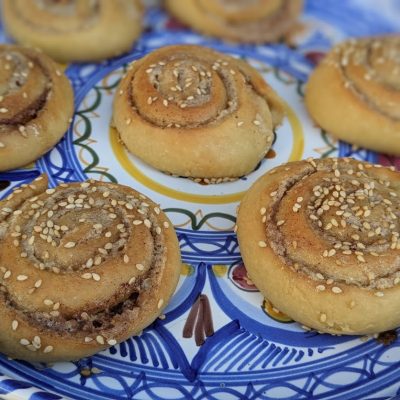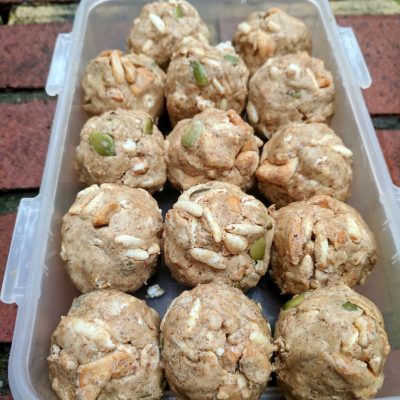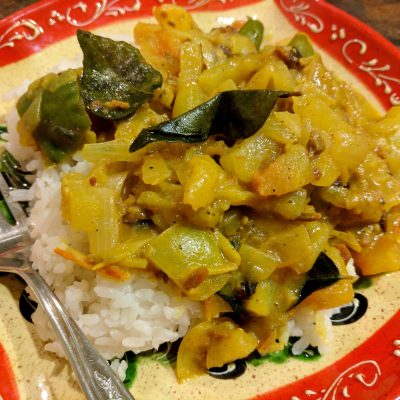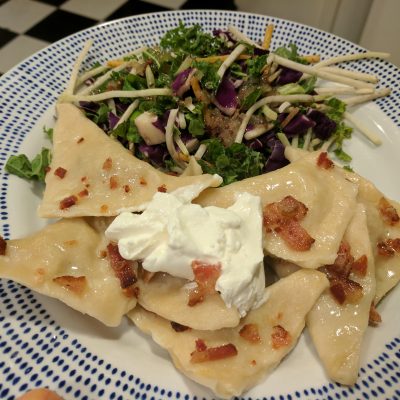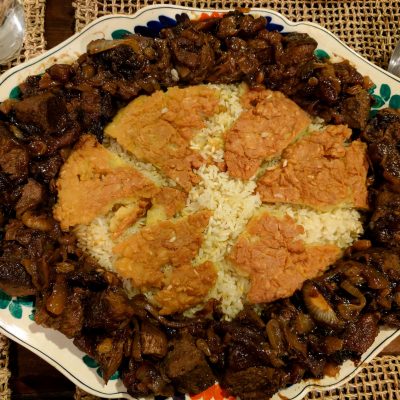Ingredients
-
For the shell
-
2 cups bulgur
-
1/3 cup semolina
-
1/4 lb ground lamb
-
1 egg white
-
1 tsp cumin
-
1/2 tsp fine sea salt
-
1/4 tsp black pepper
-
For the filling (queema)
-
1/2 lb ground lamb
-
1 medium yellow oniondiced
-
1 cup parsleychopped
-
1/4 tsp cardamom
-
1/2 tsp cumin
-
1/4 tsp ground cinnamon
-
1 oz pine nutslightly toasted
-
1 Tbsp olive oil
-
1/4 tsp fine sea saltOr more to taste
-
To fry
-
vegetable oilOr other flavorless oil
-
To serve
-
plain greek or regular yogurt
Directions
Iraqi cuisine has a very rich history. In fact, stone tablets found in ancient ruins in Iraq show recipes prepared in the temples during religious festivals date back to 1900 BC – the first cookbooks in the world. Mesopotamia was a highly advanced society, including in the culinary arts.
Kibbeh (Also Kubba, Kubbah, Kibbeh, kibbe, kebbah, kubbeh, kubbah or kubbi) is a popular appetizer in Iraq and across the Middle East. There are almost as many ways to make it as there are spellings. Traditionally the shell may be made with bulgur or white rice dough (I used bulgur), stuffed with ground meat mixture called qeema, and shaped into a oval. The version I made is a pretty traditional qeema made with lamb, parsley and onion. The kibbeh is then either boiled, baked, fried or eaten raw, but the latter is probably a bit risky for a supper club. It can also be prepared in broth (similar to the kyufta I made from Armenia) or in casserole form.
Despite my lack of deep frying prowess, I went that route and they turned out awesome! I loved the crispy outer shell, and the flavor of the lamb really shines. These are a labor of love, but worth it. Should you have any left over, I was surprised to find that these were also delicious cold the next day!
Recipe Adapted from 196 Flavors
Steps
|
1
Done
|
For the shellIn a bowl, add the bulgur and semolina. (I pulsed them in a food processor first because I wasn't sure if they were fine enough, but this step is probably not necessary.) Pour 1 cup of boiling water, stir fast and let stand 10 minutes. You can start your filling while you wait (see instructions below). |
|
2
Done
|
For the shell (part 2) |
|
3
Done
|
For the filling (qeeba)Heat the oil in a large skillet. Dice the onion and sauté over low heat until soft. Add the lamb and cook over high heat for 3 minutes to brown, then reduce heat and continue to cook, stirring regularly with a wooden spoon, until no longer pink. You'll want to break the meat up well using the spoon. Add spices, mix well, remove from heat and let cool. Dry roast the pine nuts in a cast iron skillet. Chop the parsley. Add both to the stuffing. |
|
4
Done
|
To AssembleIt is imperative for this step to have everything at hand: the shell dough, the stuffing, and a large bowl of water to constantly wet your hands. First, shape small balls of dough the size and shape of an egg. Using your thumb, dig and flatten the dough to make a hole, about the size of a small espresso cup. Place the meat inside. and work the shell around it carefully. Close kibbeh by rolling it between your (slightly moist) hands to form an oval, then flatten slightly. Set aside on a parchment lined plate. |
|
5
Done
|
To Deep FryI am no deep fry expert, so I have no temperatures or precise steps to give you, but it worked out just fine. Fill a medium-sized sauce pan about 4-6 inches with a flavorless oil (corn oil or vegetable oil are your best bets). Bring it to a low simmer. Add 3-4 kibbeh at a time. Cook them for about 5 minutes, turning at least once. Honestly, people were starting to arrive so I don't know the precise timing here, but you will see them start to get golden brown. The key is not letting the oil get too hot. Continue to cook in batches, keeping the cooked kibbeh in the oven at about 250 degrees to keep warm until all are fried and you're ready to serve. |
|
6
Done
|
To serveServe with plain yogurt! |
